Kungi, “engineers” and truck trial: Ural’s rich portfolio
[Center]The Ural-44201 tractor unit and the Ural-862 active semi-trailer with a K-862 box body. Photo: kolesa.ru
What is KUNG?
"Urals" with insulated booths have become one of the most recognizable images in the domestic automobile stories and modernity. However, there are still different interpretations of the abbreviation KUNG. Let's try to move away a little from the main topic of the cycle and deal with the history of this object, whose roots go back to the post-war period.
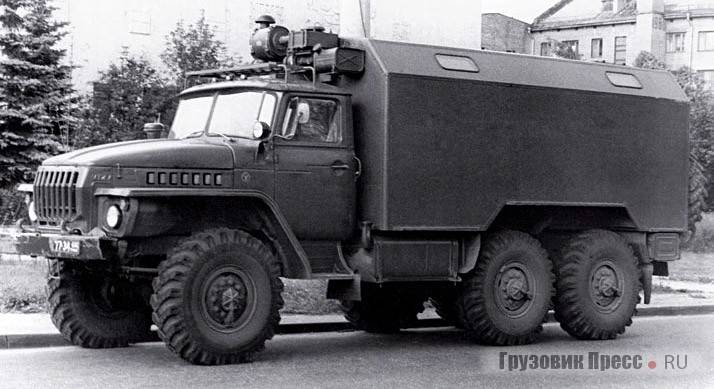
At the end of the 40s in the USSR there was a need for car bodies adapted to European railways. As you know, at that time half of Europe was under Soviet control and the issue of safe movement on railway platforms was paramount. The Russian, and later the Soviet railway network is based on a 1520 mm track, which is wide for the rest of the world. Recall that the Stephenson track of 1435 mm is now more common in the West. The domestic dimension under the 1520 mm gauge is considered 1T in all systems, so there was no necessary designation for the new narrow European dimension. Only zero fit. That is why KUNG stands for “universal zero-size body”. But ... This is not the only true definition! The mentioned "Stephenson" European gauge was in the name of the normal gauge even before the war. That is, the second reading of the abbreviation KUNG - “universal body of normal size” will be true.
The first Soviet KUNGs appeared in the Soviet Union after 1953, when the Council of Ministers instructed the paper and woodworking industries to create a special unit just to develop and put into a series of new bodies of zero (normal) size. Until 1968, a special family of universal bodies was created at special enterprises: KUNG-1 for ZIS-150 and ZIL-164, KUNG-1M for ZIS-151 and ZIL-157, KUNG-1MM for ZIL-131, KUNG-2 for GAZ-63, KUNG-2M - for GAZ-66, KUNG-P6M - for heavy MAZ - 5207V, finally, KUNG-P10 - for MAZ-5224V. The first producer of the KUNG series was the Shumerlinsky furniture factory, designed to assemble up to 5 thousand universal bodies per year.
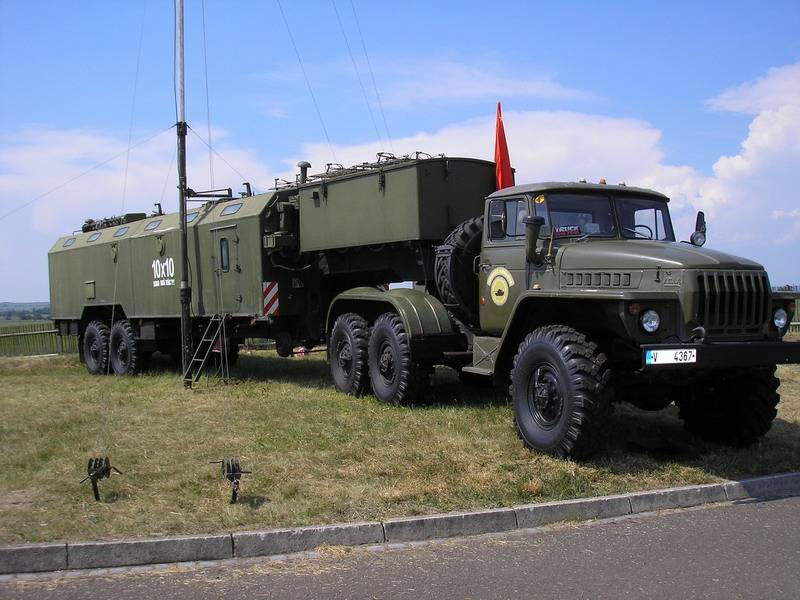
If we talk about the history of Ural-4320 cars, the K-4320 became the most common inhabited universal body. It was a sealed (echo of a possible nuclear war) compartment mounted on a special chassis 43203, sheathed on the outside with duralumin or steel, and inside - with plywood or plastic. The Ural-43203 chassis differed from the basic versions by a frame extended in the rear overhang, at the end of which a spare wheel was mounted. There were three modifications of the vans, differing in the arrangement of windows and doors. With a mass of 1460 kilograms, the body allowed loading about 4,5 tons - this was enough for most repair cars and mobile headquarters. Later, in the early 1980s, the KM-4320 frame-metal structure appeared, the main advantage of which was the ability to mount heavy equipment on the roof. It was on these bodies that various radio engineering communications, intelligence and control devices were mounted.
The biaxial Ural-90, which had already appeared in the 43206s, which was discussed in previous part of the cycle, turned out to be an excellent base for the transfer of universal bodies from the decommissioned chassis ZIL-131. For example, P161 radios, previously operated on the chassis of the Likhachev Moscow Automobile Plant, were transferred to these machines.
A special place among the inhabited bodies of machines of the Ural-4320 family is occupied by an active road train consisting of a 44201 truck tractor and a Ural-862A semi-trailer, on which a KM-862 box body was installed. Such a multi-component design was produced at the Chelyabinsk Machine-Building Plant of Automobile and Tractor Trailers (ChMZAP) in small volumes from 1975 to 1990. The main body of the semi-trailer had an internal length of 9 meters, was equipped with 12 light windows, two FVUA-100N filter and ventilation units and two OV-65 heaters. The van was designed at the All-Union Design and Engineering Institute of Furniture, and the assembly was carried out at the Shumerlinsky combine of motor vans in Chuvashia. In such machines, for example, R-362M Orekh service radio communication points with a radio relay station and a set of antennas were placed. In addition, the active road train was used as the base of the airborne mobile resuscitation-operational complex of a modular design. Four of these medical vans formed a single medical center with 22 paramedics and a capacity of 100 people per day.
"Engineers"
Of course, the Ural-4320 series is far from the cars of the Kremenchug plant in terms of demand in the engineering troops, but here, trucks from Miass have firmly taken their place in their weight category.
Mass and towing capabilities allowed the development of lightweight tow trucks capable of towing vehicles weighing up to 12 tons. That was KT-L or TK6A-04, manufactured by the Leningrad Car Repair Plant No. 57. Outwardly, the machine practically does not differ from the usual onboard 4320, but a towing device was attached to the rear overhang to the frame, allowing you to move the equipment by half-loading.
The next in the report on the ranks of rescuers from Miass is KET-L - a lightweight wheeled evacuation tractor equipped with a one and a half ton boom crane and a towing force of 15 tf. These vehicles are part of the evacuation groups and have already managed to fight a lot. During a three-month counterterrorism operation in Grozny, a group of one ARV, BTS and two KET-L was able to evacuate 98 units of damaged armored vehicles without loss.
The MTP-A2.1 repair and recovery vehicle with a hydraulic manipulator (lifting capacity up to 4 tons), as well as the possibility of transporting damaged equipment by semi-loading and towing, is more modern. MTP-A2.1 is a very versatile engineering machine: in its configuration there is a device for starting automotive engines, containers for transporting fuel, sledgehammers and even the ShTs-11-250-0,05 vernier caliper. By the way, the full name of the chassis for this military tow truck is woven in the best traditions of the domestic auto industry - “Ural-4320-1060-31”. MTP-A2.1 can be based not only on bonnet SUVs from Miass, but also on KamAZ trucks and bonnetless Urals.
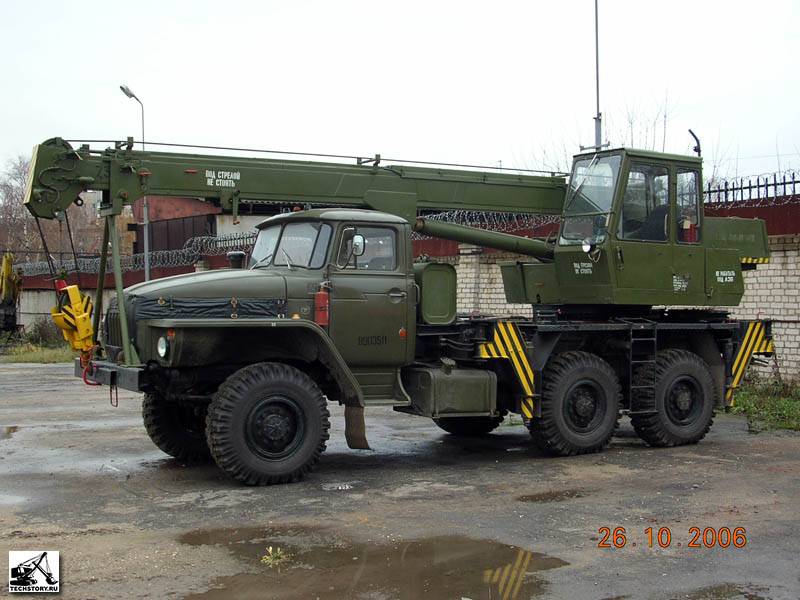
Many types of engineering equipment came to the diesel "Urals" from the previous chassis of the 375 carburetor series. It was in this way that the KS-2573 military truck crane was slightly redesigned and installed on the Ural-80 chassis in the early 43202s. Later, the famous "Ivanovets" appeared in the army KS-3574, capable of lifting a two-section telescopic boom to 12,5 tons. A giant from the Motovilikhinsky plant KS-5579.3, capable of raising up to 22,5 tons, also serves in the army. For such a machine had to provide an extended chassis "Ural-4320-30." Despite the fact that Ural is inferior to KrAZ in carrying capacity, it also got a burden in the form of sections of the heavy mechanized bridge TMM-3. Moreover, there is an option with the installation of bridge spans on biaxial semi-trailers of the Ural-44202 truck tractor.
The glorious past of the domestic truck trial
If KamAZ sports pride, for which the entire automobile plant works, is the KamAZ-Master team, which has become the world leader among camions in rally raids, then UralAZ also had its own sports icon in its time. This is a truck trial, or all-wheel drive truck racing over very rough terrain. The main task of the crew in this contest is not just to go through all the stages, leaving all the limiters on the track intact, but also to meet the allotted time. A stop longer than 3 seconds, restarting the motor, leaving the highway limits are punishable by penalty points. The first such competitions were organized in France thirty years ago in the town of Steinburg. Prior to this, they tried trials on bicycles, motorcycles, jeeps, but they could only think of releasing them into ravines and mud baths in 1990 in Europe.
Since then, spectacular competitions have been held in the Old World at various intervals, collecting dozens of thoroughly redesigned all-wheel drive trucks. What does the military theme have to do with it, ask? The thing is that in 1996 the truck trial came to Russia, and the 21st Scientific-Research Institute of the State Academic Technical University of the Ministry of Defense of the Russian Federation acted as one of the ideological inspirers and organizer. Actually, the competitions were held at first at the institute's training ground in Bronnitsy, Moscow Region. At the start in 1996 came 17 cars, thoroughly modified in the factory workshops or simply by the hands of enthusiasts. There were prototypes - for example, GAZ-3937 and ZIL-390610, as well as 6x6 vehicles from the army families ZIL, Ural, KamAZ and MAZ. The 4x4 group was represented by GAZ-66, Sadko and KamAZ-4326. The competition was attended by crews of the Armed Forces of the Russian Federation from the Ryazan Automobile Institute and the 21st Research Institute - this turned out to be an excellent school for both professional military drivers and army test engineers. The format of the article does not allow to tell the long and thorny history of the domestic truck trial, so we will dwell only on the successes of the Ural vehicles in this difficult sport.
Work at the plant in this direction was carried out in the experimental research production of the Scientific and Technical Center since 1990. The main workhorse in the truck trial was the biaxial Ural-43206 with a forced YaMZ-236BE with a power of 250 hp. But in the 8x8 class, the heavy Ural-53232 also performed. Six-wheel all-wheel drive was represented by the bonnetless Ural-6361.
Over the years the domestic truck trial has existed, the Miass team has become the most titled. KamAZ, despite its much more significant financial capabilities, could not achieve any tangible success in these competitions. To the credit of the Ural factory workers, it should be noted that most of the machine components for the truck trial were made in Russia. At least in the first few years. And now count how many native KAMAZ vehicles are in the famous raid cars from Naberezhnye Chelny. "Urals" and in Europe competed on equal terms (often won!) With such world leaders in the automobile industry as MAN and Mercedes. At the same time, sports trucks from the Urals traveled on their own to Europa Truck-Trial competitions in Germany, Austria, Italy and France. As a result, the Urals never returned without prize places from the truck trial in the late 90s and early 2000s, and in 2002 they won 1st and 2nd places in Europe, and two were awarded at the Commonwealth of Russia and Belarus Championships first, two second and one third place. And now in the European traktrialny pokatushkas "Urals" play not the last violins. True, the racers are now not from Russia, and the cars have nothing to do with the factory teams of Miass.
To be continued ...
- Evgeny Fedorov
- Ural-4320: guns and armor
The Red Book Urals: The Susha Project
Ural-4320: The Difficult Way to Diesel[/at]
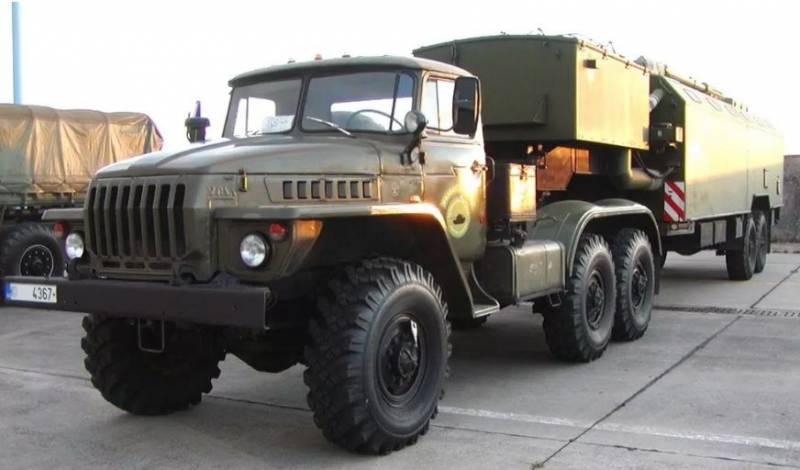
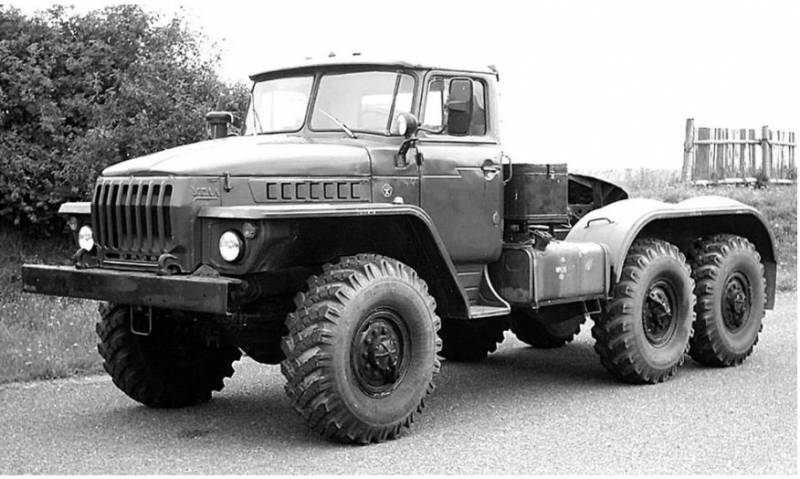
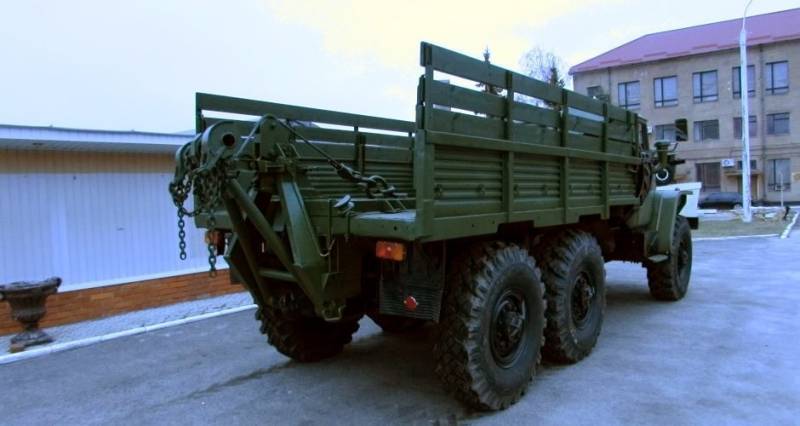
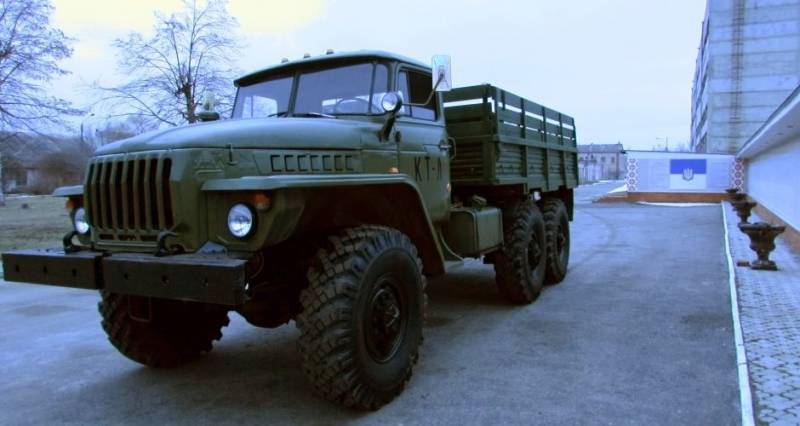
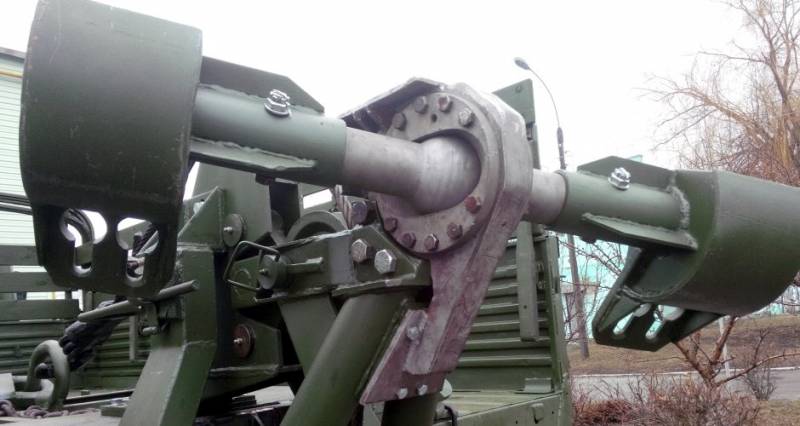
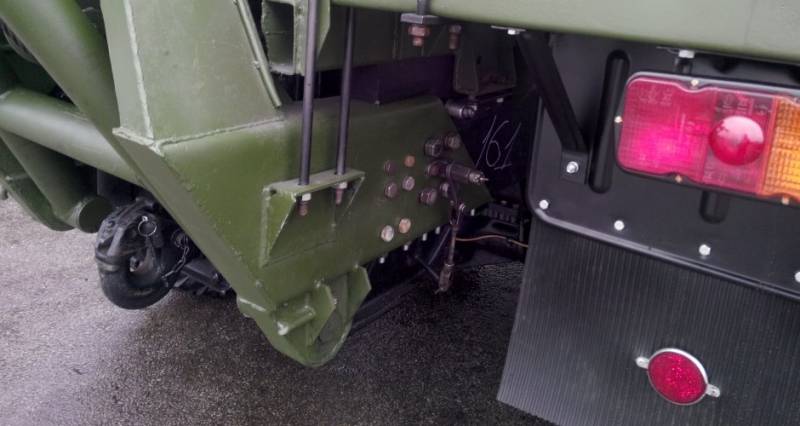
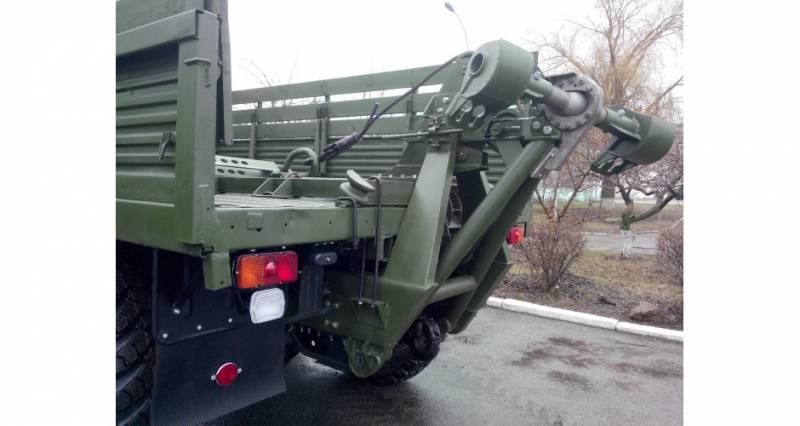
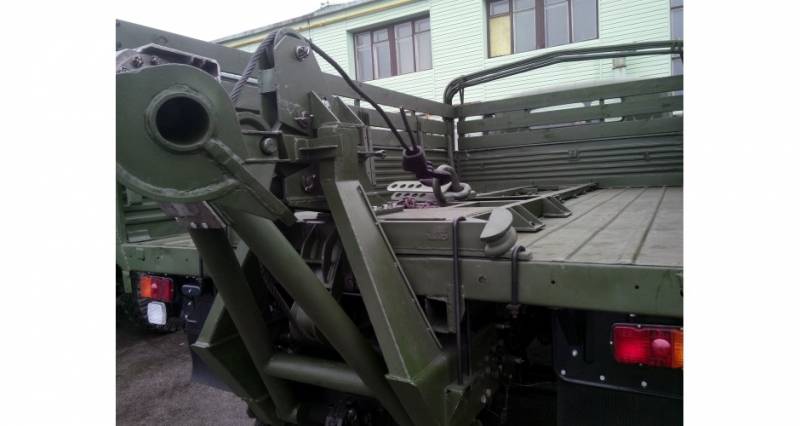
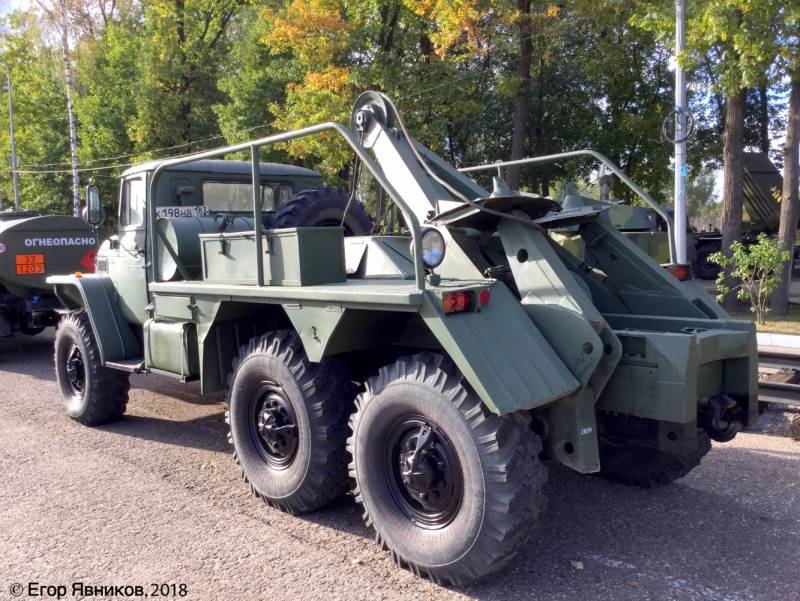
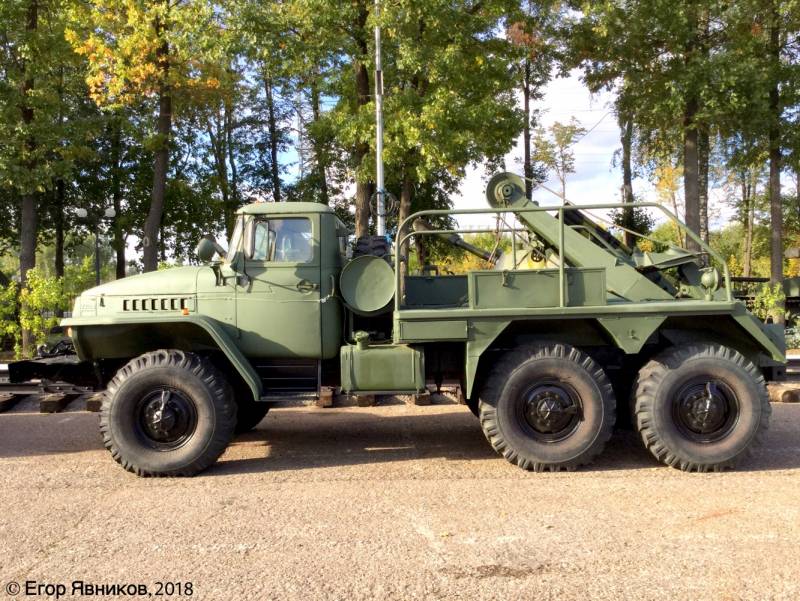
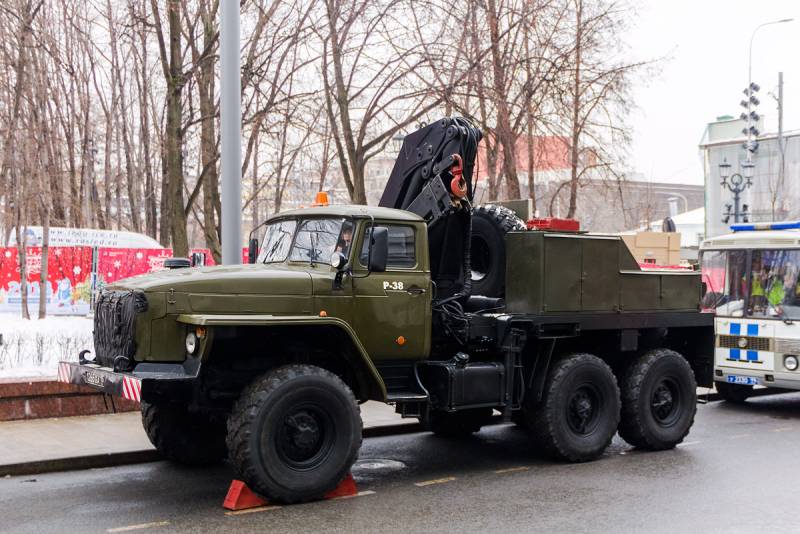
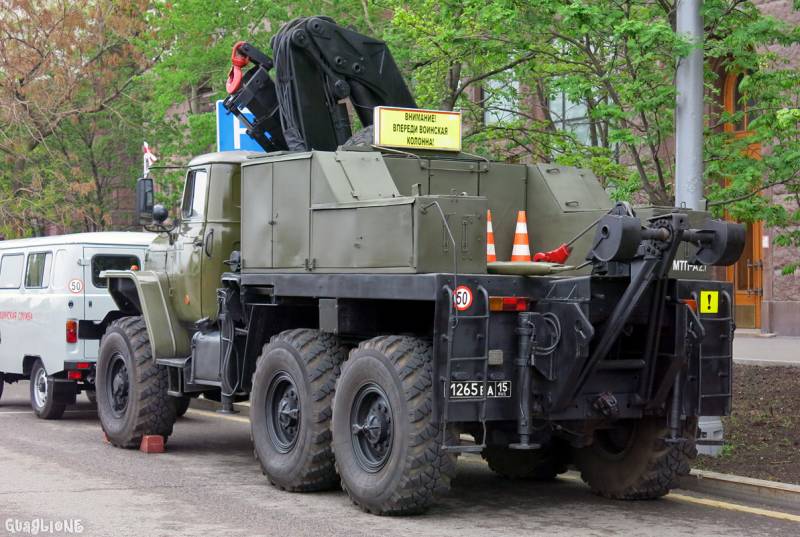
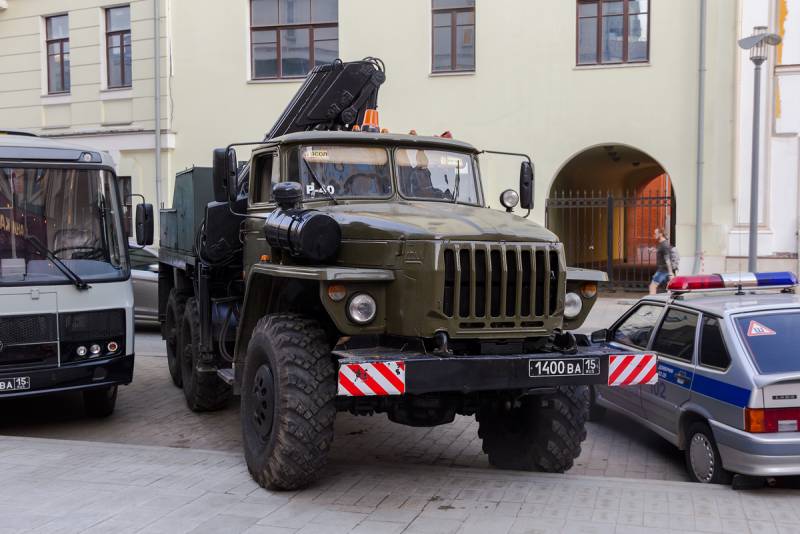
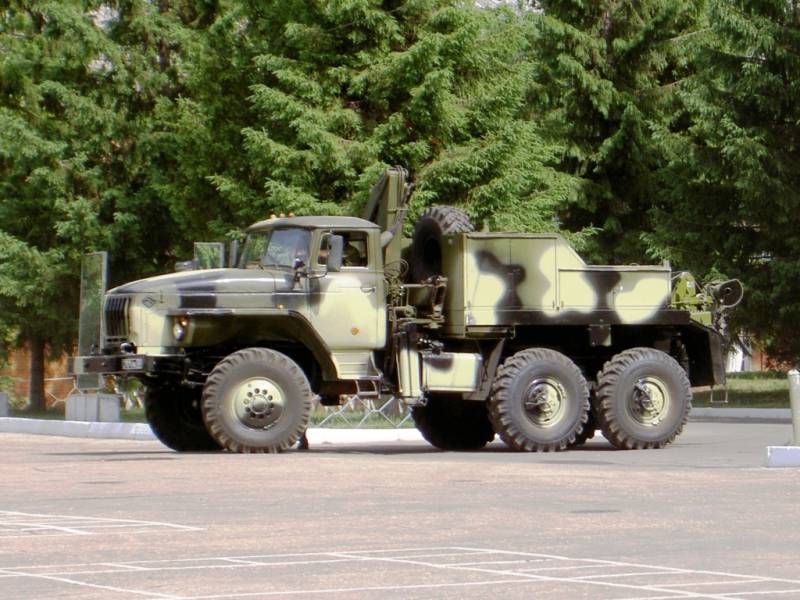
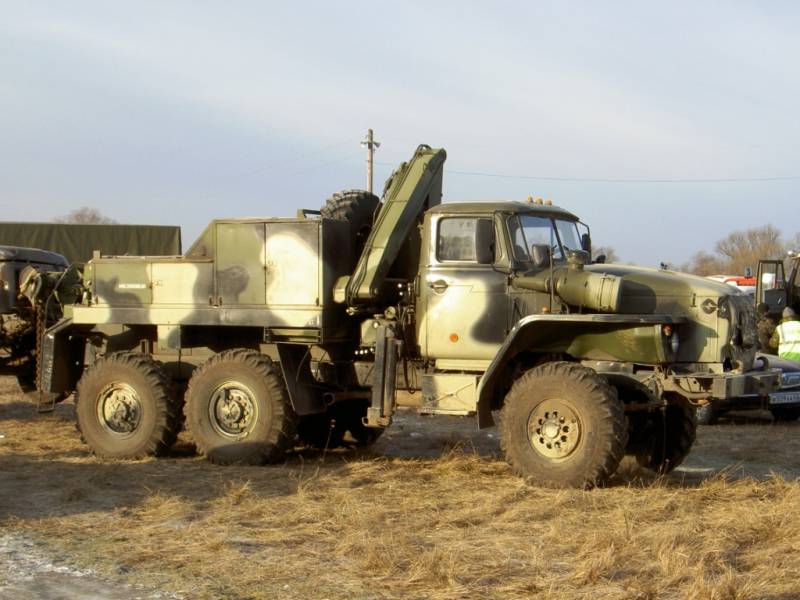
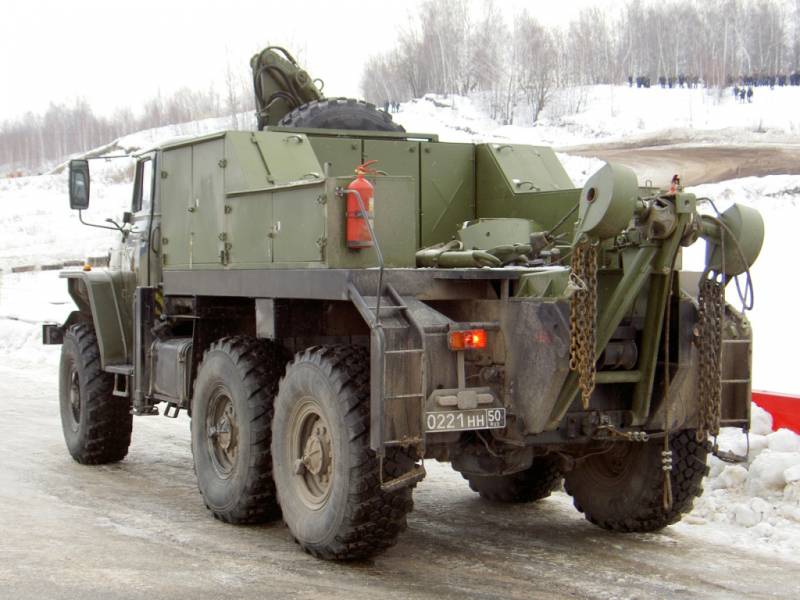
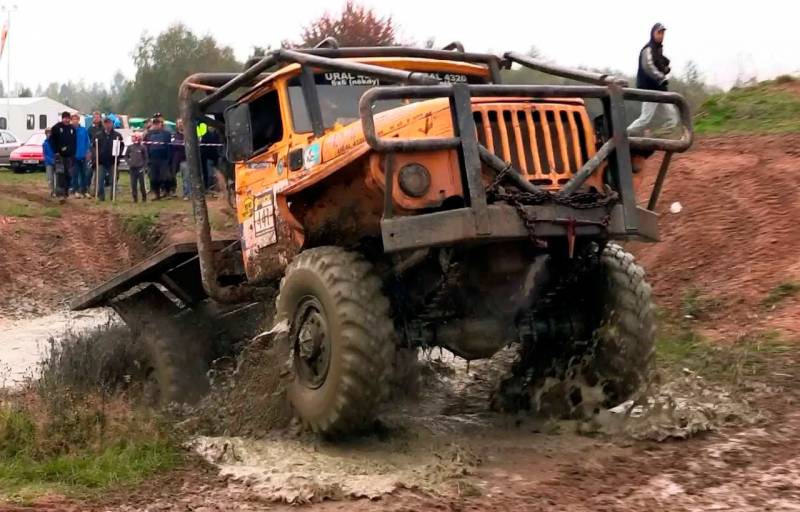
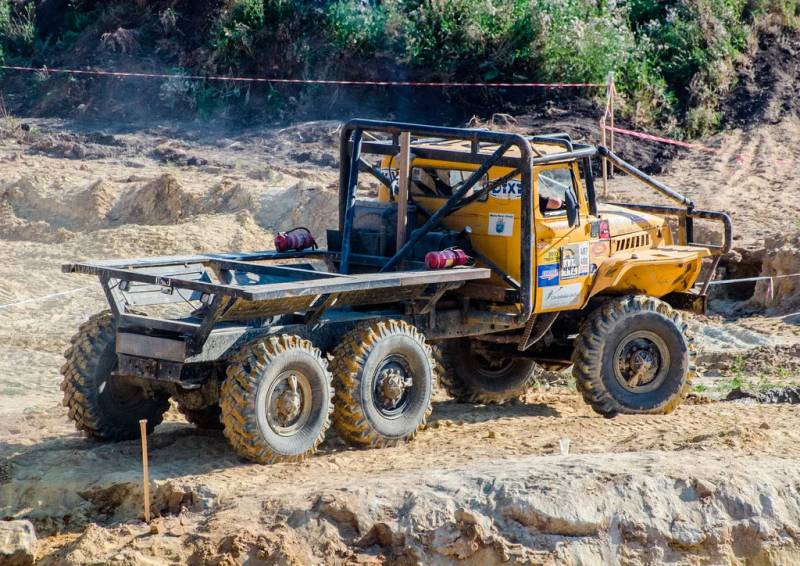
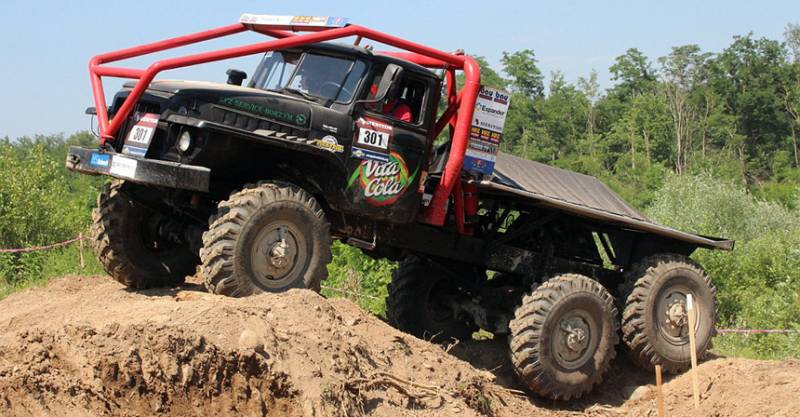
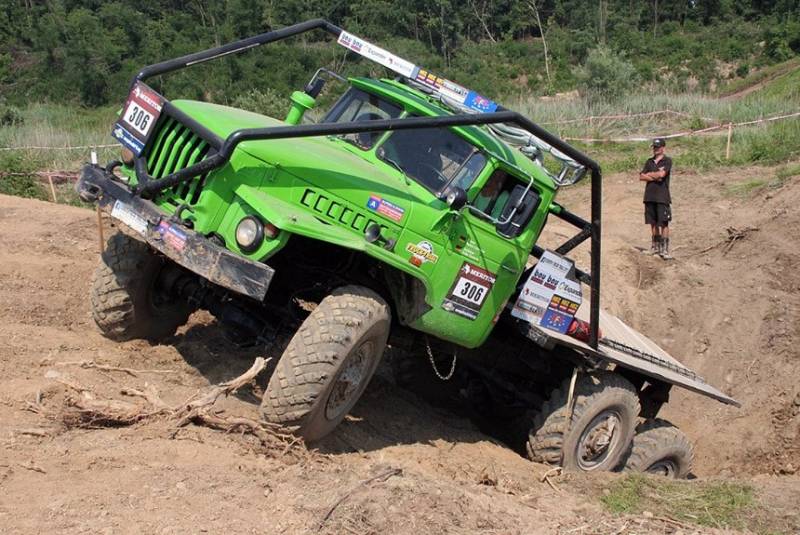
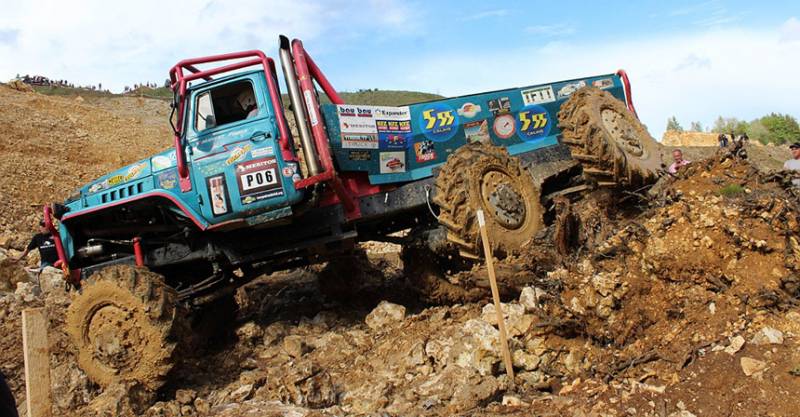
Information